|
Several months ago, I was invited to a virtual tasting of Famiglia Cecchi Wines led by their oenologist, Miria Bracali. It was a memorable sampling of wines representing a few of Cecchi’s estates in Chianti and Maremma, located in Tuscany. In 1893, Luigi Cecchi founded the company in a small Tuscan village. It has since been passed on from one generation to the next, and today is led by brothers Cesare and Andrea, the fourth generation of the family. The Estates Today In addition to the Cecchi estate, the family owns and oversees five other wine estates, four in Tuscany and one in Umbria. The family’s first purchase was Villa Cerna in the early 1960s, located in Castellina in Chianti. Today there are 80 hectares of established vineyards surrounding the renovated winery. In 1996, the family purchased 25 hectares in the burgeoning wine area of Maremma. After constructing an elegant winery, they named it Val delle Rose. Located in the Municipality of Grosseto, the estate today comprises 105 hectares of mainly Sangiovese proprietary vineyards used to produce Morellino di Scansano DOCG. By the end of the 1990s, the family began to look beyond their Tuscan borders and invested in the wine area of Montefalco in Umbria. They purchased Tenuta Alzatura, 26 hectares of vineyards across three parcels, dedicated to the enhancement of native vine varieties and the production of the region’s namesake label, Montefalco Sagrantino DOCG. In 2015, the Villa Rosa estate in Castellina was added to their winemaking estate portfolio. Villa Rosa is comprised of 30 hectares of vineyards that give rise to a traditional and elegant Chianti Classico DOCG. The last acquisition was made in 2018 when the family purchased 6 hectares of vineyards in Montalcino. The estate is called Tenuta di Montalcino. Throughout all the estates, sustainable winemaking is ongoing and vital to the Cecchi family, and they “consider protecting the environment a duty for those who work in the agricultural field. Territories are to be considered a heritage that must be defended and respected.” Here are four of the eight wines sampled from the estates of Valle delle Rose, Villa Cerna, and Cecchi. Val delle Rose Cobalto Maremma Toscana DOC 2020 The soil in Maremma has more acid, along with sand and rocks, resulting in more sapidity in the wines. This wine is 100% Vermentino. Fifty percent of fermentation takes place in oak, 34% in amphora, and 16% in stainless steel tanks. It is aged ten months with a minimum of six months in bottle. Nose: Sweet, herbal, minerality, and a hint of tropical fruit. Palate: Dry and fresh, with pear, white stone fruit, vibrant acidity, sapidity, minerality, and toasted oak. A complex and delightful wine with notes of the sea lingering on the palate. Alcohol: 13.5% SRP: $45-50 Pairing suggestions: Enjoy as an aperitif or with fish, seafood, mushroom risotto, or grilled chicken. Val della Rose Poggio al Leone Morello di Scansano Riserva DOCG, 2019 This wine is 90% Sangiovese and 10% Corvina. After fermentation in stainless steel tanks, the wine is aged for a minimum of 12 months in barriques. Nose: Floral, red, ripe fruit, earth, and spices. Palate: Plum, cherry, minerality, smooth tannins, baking spice, and cocoa with a long finish. Alcohol: 14.5% SRP: $35 Pairing suggestions: roasted or grilled meat and game, stews, risotto, or vegetable pizza. Cecchi Chianti Classico “Storia di Famiglia”, DOCG, 2020 This is Cecchi’s first Chianti Classico wine and most distributed. It is 90% Sangiovese, 5% Cabernet Sauvignon, and 5% Corvina. The wine is aged for a minimum of two months in bottle. Nose: Floral, red fruit, spice Palate: Fresh red fruit with nice acidity, cherry notes, cranberry, medium tannins, good balance, and a juicy finish. Alcohol: 13.55 SRP: $20 Pairing suggestions: Game, grilled tuna, pasta with sautéed greens, or chicken. Villa Cerna Chianti Classico Riserva DOCG 2018 Produced only in the best vintage years, this wine is 95% Sangiovese and 5% Corvina. 2018 was an excellent year for Sangiovese. The grapes are sourced from vineyards used only for Riserva wines. This wine is aged 14 months in barriques and small barrels, with a minimum of nine months in bottle. Nose: Floral aromas with red fruit, cedar, espresso beans, and spice.
Palate: Nice balance of freshness and acidity, with ripe red fruit, cherry, berries, baking spice, mineral notes, and a long finish. Alcohol: 14% SRP: $35 Pairing suggestions: Grilled meat, game, aged cheese, chicken parmesan, or pasta. If you’ve never tried Cecchi wines, then now is the time to indulge your palate with these Tuscan gems. They are reasonably priced and available almost everywhere. Until next time… Cheers! Penina To leave a comment or if you have an inquiry, please contact me at [email protected] Daylight savings has begun, and spring is just around the corner! As a rule, my mood dictates what wine to open, not the weather. And as I’ve mentioned many times in articles I’ve written, I’m not a “seasonal” wine drinker. I enjoy red, white, and rosé all year round. But of late, I’ve been looking forward to sitting outside amongst the budding trees, being serenaded by the birds, enjoying the scent of blooming lilacs, watching the sunset, and sipping a white or rosé wine! Pure bliss! And as much as I love all the seasons, I have a soft spot for spring because it is the season of renewal. And as Gustav Mahler, the composer, said, “Spring won’t let me stay in this house any longer! I must get out and breathe the air deeply again!” So without further ado, here are three white and three rosé wines to kick off the spring season and to enjoy while embracing the longer days and Mother Nature’s gift of renewal. Hat Strap Chardonnay, Los Carneros AVA 2021 This California wine is produced by Cline Family Cellars, established in 1982, a family-owned and operated winery. The grapes for this 100% Chardonnay are sourced from the Cline family’s J. Poppe sustainably farmed vineyard, the oldest Sonoma vineyard on the winery’s estate. Grapes are fermented in a mixture of stainless tanks and French oak barrels. The wine is aged for ten months in 35% new French oak barrels, 35% in neutral barrels, and the rest in stainless. Nose: Sweet apples, white stone fruit, tropical notes, and a hint of lemon. Palate: Juicy peach, pineapple, a hint of herbs and spice with a creamy mouthfeel, and lively acidity balanced with a savory finish. Alcohol: 14.5% SRP: $25.00 Pairing suggestions: Enjoy as an aperitif or pair with salads, light pasta, grilled seafood, or roasted chicken and veggies. Herdade Do Esporão Monte Velho Rosé 2021 Herdade Do Esporão, whose history dates back over 750 years, has vineyards located in the Alentejo wine region in the southern half of Portugal. Monte Velho means “old mound.” and refers to a high point on Herdade Do Esporão estate capped by the ancient square fortress depicted on the label. Blending is a significant part of wine production in Alentejo, and this rosé is a blend of Touriga Nacional, Aragonez, Tinta Caiada, Syrah, Trincadeira, and Arinto, a white grape. The wine is certified vegan by the European Vegetarian Union. Nose: Floral, red berries, and pomegranate. Palate: Aromas segue onto the palate with a nice balance of fruit and acidity. This wine is fresh and lively and is an easy sipper to enjoy while watching the sunset! Alcohol: 12.5% SRP: $12 Pairing suggestions: Enjoy as an aperitif, or serve with charcuterie or light fare. Mandrarossa Grillo Sicilia DOC 2021 Mandrarossa is a brand created by Cantine Settesoli, located in Menfi, Sicily, on the island’s southwestern side. Cantine Settesoli was founded in 1958, and it is the largest winery in Sicily and a source of ongoing research and innovative ideas. Mandrarossa is Settesoli’s top brand, which emerged in 1999. This wine is 100% Grillo, a grape well-suited to Sicily’s hot, dry climate. It is a light and easy-drinking wine. Nose: Floral, stone fruit, lemon zest, herbs, and pear. Palate: Aromas segue onto the palate with citrus, vibrant acidity, salinity, and minerality. Alcohol: 13% SRP: 15 Euros (may not be available in the US) Pairing suggestions: Fresh ricotta, grilled veggies, seafood pasta, and grilled swordfish. Villa Gemma Cerasuolo d’Abruzzo Superiore Rosato DOC 2021 Masciarelli Tenute Agricole, a family-owned winery, was founded in 1981. They have 350 hectares of vineyards located in all four provinces of Abruzzo, Italy. They are committed to sustainability in the vineyards as well as the winery. This rosé is 100% Montepulciano d’Abruzzo, with grapes sourced from a single vineyard of five hectares. Nose: Intense aromas of floral, red berries, cherry, and a hint of citrus. Palate: A juicy and dry wine with strawberry, raspberry, vibrant acidity, a creamy mouthfeel, a touch of herbs, a hint of pomegranate, and a long finish. I love this wine! Alcohol: 14% SRP: $21 Pairing suggestions: Serve as an aperitif, or pair with fish, risotto, fowl, veggie pasta, or seared tuna. CRIOS Torrontés 2021 Susana Balbo is the founder and owner of Susana Balbo Wines, located in Luján de Cuyo, Mendoza, in western Argentina, close to the Andes Mountains. Susana produces four brands of wine that include CRIOS. The CRIOS brand was created as a tribute to her son and daughter. CRIOS in Spanish means “offspring.” It is 100% Torrontés and hand-harvested from vineyards in Cafayete (Salta) and Uco Valley (Mendoza) regions at an elevation of 5,600 ft. Nose: Floral, pear, citrus, and white stone fruit. Palate: Fresh and lively with green apple, citrus, pear, crisp acidity, and minerality. Alcohol: 12.5% SRP: $15 Pairing suggestions: Enjoy as an aperitif or serve with light pasta, seafood, salads, or Asian cuisine. Château D’Esclans Rosé Côtes de Provence 2020 Château d’Esclans is located in the heart of Provence, France. Sacha Lichine purchased this magical estate in 2006 with a determination to create the greatest rosés in the world. The Cháteau d’Esclans is the estate wine made with Grenache and Rolle (Vermentino), sourced from the estate’s vineyard. Vinification takes place in both stainless steel and barrels, adding to the wine’s freshness and complexity. Nose: Floral, strawberry, vanilla, and hints of stone fruit. Palate: Smooth, creamy, rich, and fresh, with berry, pear, minerality, sweet spice, and a long finish. Alcohol: 13.5% SRP: $60 Pairing suggestions: Enjoy as an aperitif or serve with charcuterie, salads, grilled veggies, quiche, goat cheese, smoked salmon, or sushi. Winter or spring? I am more than ready to step into the photo on the right! Photo credits: Penny Weiss Happy sipping!
Until next time… Cheers! Penina To leave a comment or if you have an inquiry, please contact me at [email protected] Many of us are longing to travel again. I know that I certainly am! I miss the excitement of exploring new places, tasting local cuisine, and sipping wine while walking through the vineyards. For the past year, and then some, we have all had to abide by “stay at home” orders and limited travel excursions. During the pandemic, I have been fortunate to be part of many Zoom tastings from around the world. I’ve met with winery owners and winemakers to taste their products from the comfort of my living room. Of course, it doesn’t compare to physically traveling, but it does allow my palate to be transported out of my home. I’ve been able to virtually experience the climate, soil, and history that awaits me in each glass of wine. Recently my palate took a trip to southern Italy, often referred to as the Mezzogiorno (Midday region) due to the intense sunshine at midday. Southern Italy is located in the lower part of the Italian “boot,” where some of Italy’s oldest and most important historical towns are located. The Adriatic Sea borders it on the east coast, the Tyrrhenian Sea on the west or Mediterranean coast, and the Ionian Sea to the south. Southern Italy is noted for its expression of quality wines produced throughout its wine-growing regions of Molise, Campania, Basilicata, Puglia, Calabria, Sicily, and Sardinia. Recently, an Italian wine magazine, Cronache di Gusto launched a wine competition called Sud Top Wine, dedicated to awarding southern Italian wines produced in Sicily, Puglia, Basilicata, Campania, and Sardinia. I received three of these awarded wines, two from Sardinia and one from Sicily. Quartomoro di Sardegna Vermentino di Sardegna DOC VRM 2016 Piero Cella, winemaker, and owner for Quartomoro, initially used the winery, which he bought in 2009, to experiment and test ideas to learn more about his grapes and wine. This lab eventually evolved into what it is today, “a workshop of ideas” where new wines are created. Piero has over 30 years of experience as a winemaker. This wine is 100% Vermentino sourced from the Marrubiu vineyards, where vines were planted in 1978. The wine spends two years in steel, of which 5% is in oak tonneaux. “This semi-aromatic white grape was introduced in Sardinia 150 years ago from the Iberian Peninsula via Corsica. In Sardinian, it is called ‘Axina de mesa’ or ‘Axina bionda’. The production of Vermentino has steadily increased since the 1960s, especially in Gallura (thanks to the DOCG appellation), becoming the most important Sardinian white grape variety.” Quartomoro The color of this wine is lemon yellow with vibrant aromas of floral, white stone fruit, spice, and citrus. The aromas segue onto the palate with a tapestry of minerality and a touch of floral. Nutty notes and lemon zest linger on the finish. Enjoy as an aperitif or with seafood, grilled chicken, and spicy Asian cuisine. Alcohol: 13.5% SRP: $30 Giuseppe Sedilesu Cannonau di Sardegna DOC Riserva Ballu Tunda 2015 Giuseppe Sedilesu is a family-owned and operated winery. It is internationally known for its production of Cannonau. Giuseppe founded the winery over 35 years ago, beginning with one hectare of vineyards. It has expanded over 12 times since then. Cannonau is a member of the Grenache family, but whether it is indigenous to Sardinia is debatable, especially among Sardinians! This wine is 100% Cannonau and made with organic grapes. Fermentation takes place spontaneously for 30-45 days in barrique at controlled temperatures. The wine is then aged in bottle for nine months before being released on the market. This wine is ruby red with aromas of red fruit and spice. The palate offers lush notes of raspberry, plum, sour cherry, herbs, spice, and balsamic notes with a hint of tobacco on the finish. It is beautifully balanced between sweet and savory. Serve with grilled meat, chicken, seared tuna, and aged cheese. Alcohol: 15% SRP: $45-$50 Cantine Pellegrino Pantelleria DOC Bianco Isesi 2018 Cantine Pellegrino was founded in 1880 and is based in Marsala. It is a family-owned and run winery that is now in its sixth generation. They have vineyards in four territories of Sicily, one of which is Pantelleria Island. Zibibbo (Muscat of Alexandria) is an indigenous white grape of Sicily and is primarily grown on Pantelleria Island. Zibibbo is made in both a sweet and dry wine. The grapes for this 100% Zibibbo wine are hand-harvested and aged for 12 months on lees in steel tanks. This is a dry and refreshing wine with a pale yellow color. The aroma is heavenly with honeysuckle and jasmine floral notes, white stone fruit, tropical fruit, and a hint of herbs. The palate offers white peach, apricots, herbs, mineral notes, and a touch of sapidity. Serve as an aperitif or with fish, light pasta, or appetizers.
Until we can all travel again, which I hope is very soon, let’s pour a glass of wine and let our palate do the traveling. Until next time… Cheers! Penina To leave a comment or if you have an inquiry, please contact me at [email protected] It is not uncommon for UPS and Fed-Ex to deliver wines to my door from wineries, PR agencies and importers. I love exploring regions, discovering new wines and learning about the winemakers without having to pack a suitcase. Of course, nothing compares to actually walking through a vineyard with glass in hand! 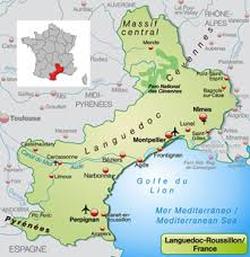 Most recently, I received a box of wines containing samples of Michel Chapoutier’s 2015 Domaine de Bila-Haut “Les Vignes” Rouge and “Les Vignes” Blanc. Domaine Bila-Haut is located in the region of Côtes de Roussillon, Languedoc. It is in Southwest France, and very close to Spain.  Michel Chapoutier Michel Chapoutier Michel Chapoutier is head of Maison M. Chapoutier. He is world-renowned and is one of Rhône’s most famous wine producers of Hermitage, Chateaneuf du Pape and Côte Rôtie to name just a few. He purchased the 190-acre Domaine Bila-Haut in 1999 . It was a neglected property but showed promise with the land being a mix of schist, gneiss and clay. With Chapoutier’s knowledge, expertise and passion along with the climate of the Mediterranean, he turned the land into a perfect growing environment for Syrah, Grenache and Carignan. Bila-Haut wines reflect all of this. Les Vignes de Bila-Haut Rouge is elegant. This is a beautiful blend of Syrah, Grenache and Carignan. The color is so dark it borders on violet. Intense aromas of dark cherry, blackberry, spice and herbs are present. The palate offers lots of dark fruit, plum and pepper. The “jammy” flavors blend well with the spice. The wine is medium-bodied with soft tannins and an extra treat of pepper and chocolate on a long finish. Alcohol: 14.5% Les Vignes de Bila-Haut is a lovely blend of 50% Grenache Blanc, 20% Marsanne, 20% Macabeo and 10% Vermentino. It is interesting to note that only 4% of the grapes in this region are allocated to white wine. And, Michel Chapoutier has done a stunning job of capturing the essence of these varietals. Soft yellow in color, this crisp wine is very aromatic with citrus, vanilla, floral, lemon and hints of stone fruit that segue onto the palate. It has a creamy mouth-feel with a lingering bit of zest and the sea on the long finish. Alcohol: 13.5% The wines are available nationally and on select wines lists as well. They retail for about $15.
Both wines will pair well with a variety of foods. With the holidays approaching, these are wonderful wines to serve with appetizers, entrees and even dessert! They are a great value for the price and easy wines to drink! Enjoy! Cheers! Penina |
Categories
All
|

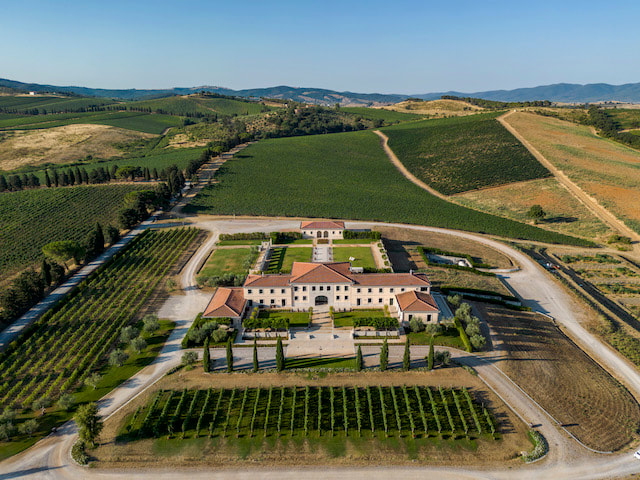

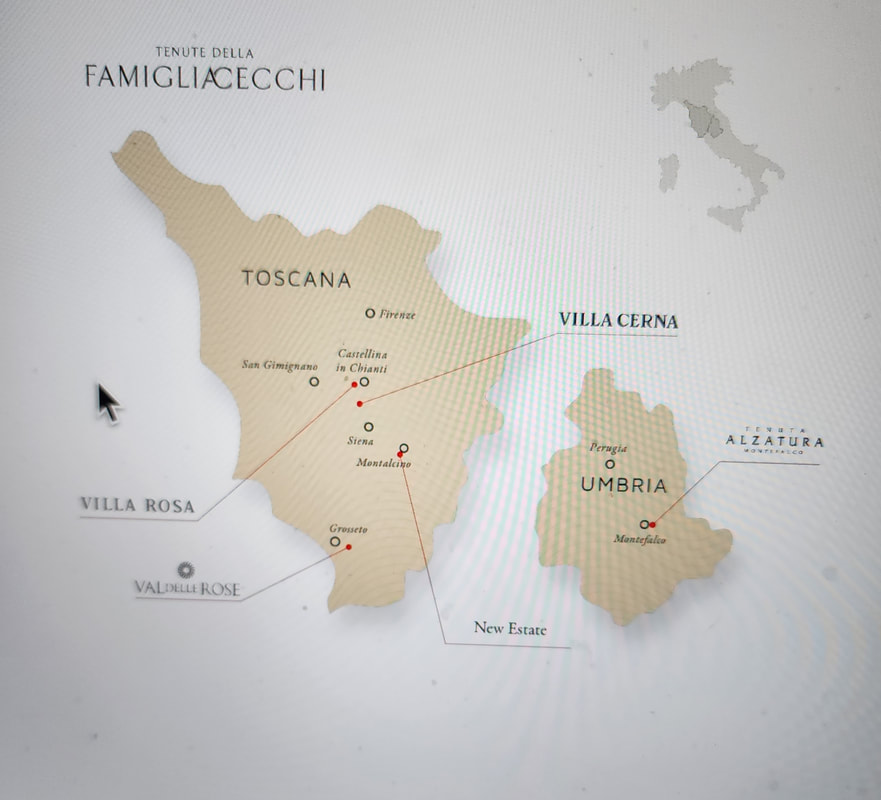
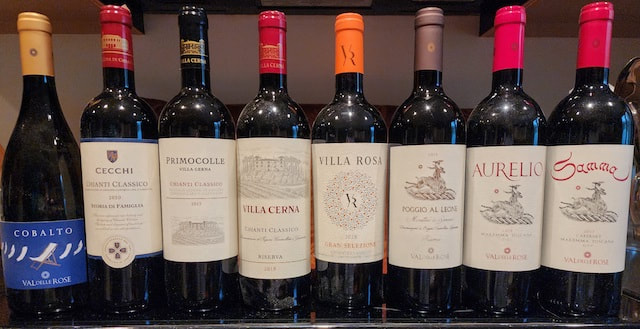
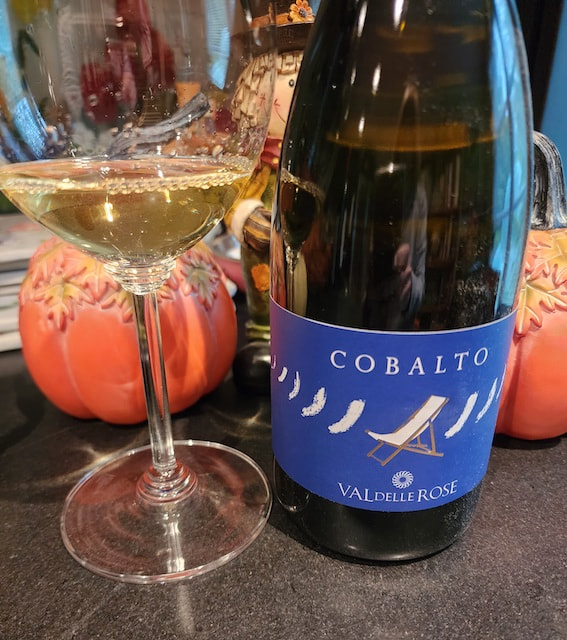
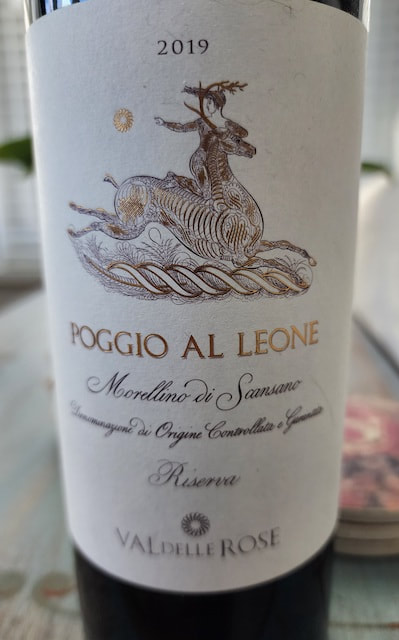
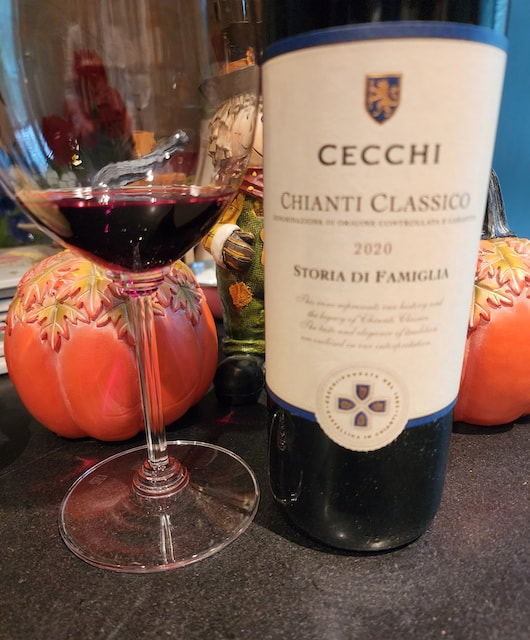
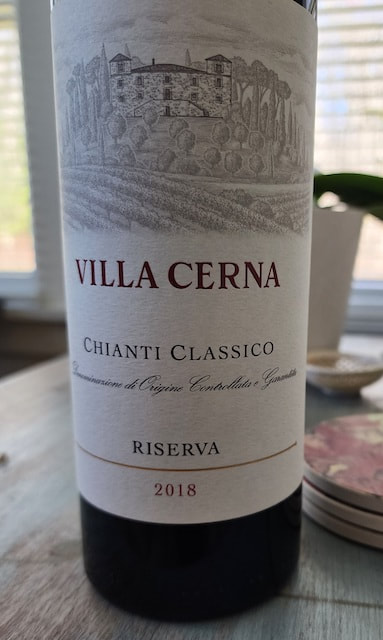
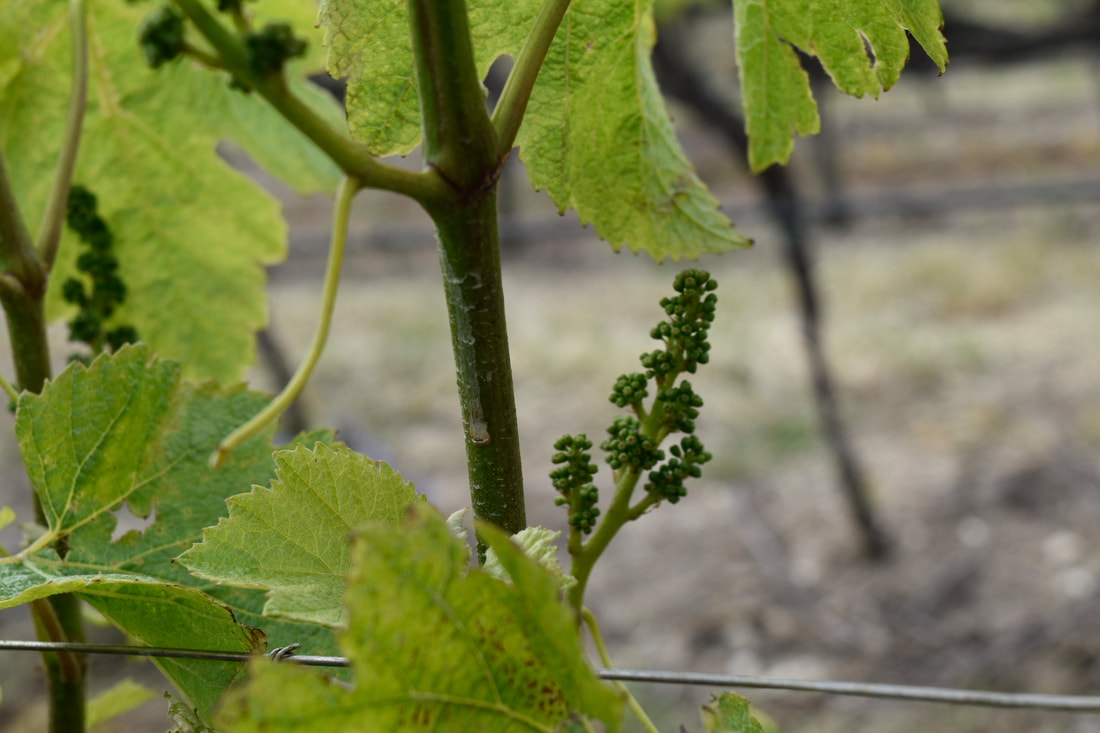
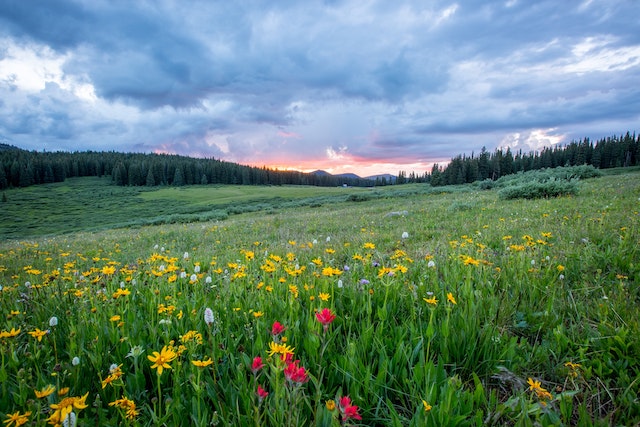
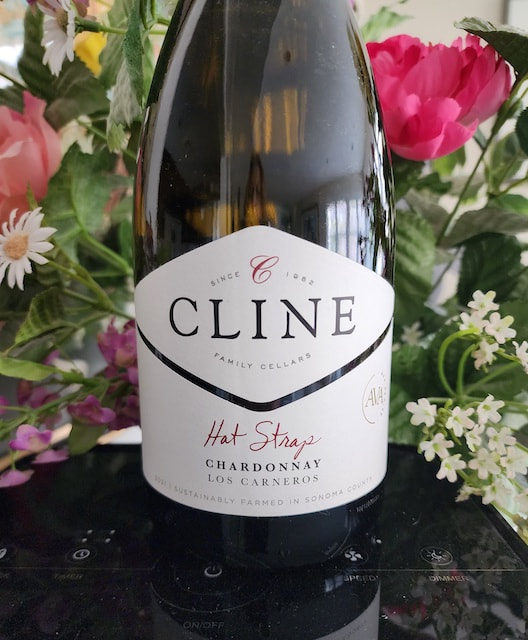
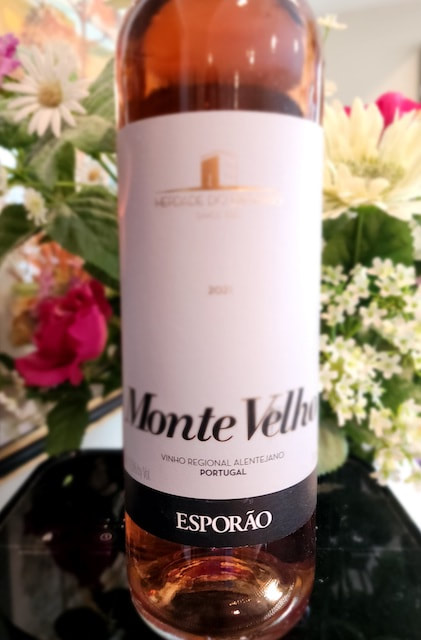
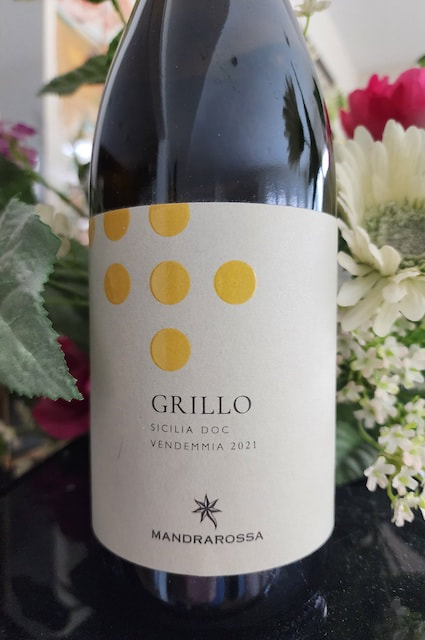
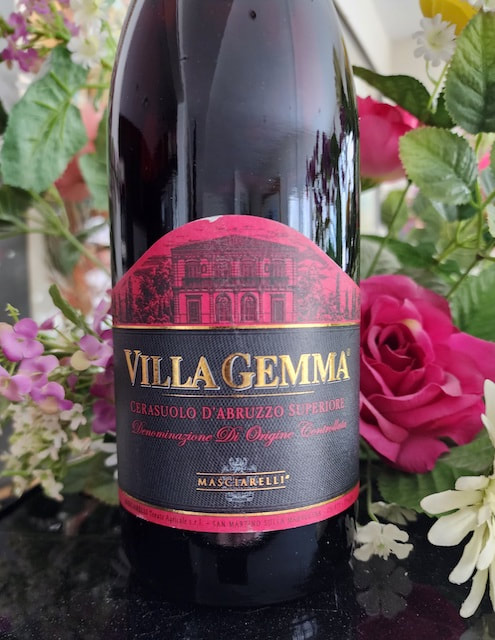
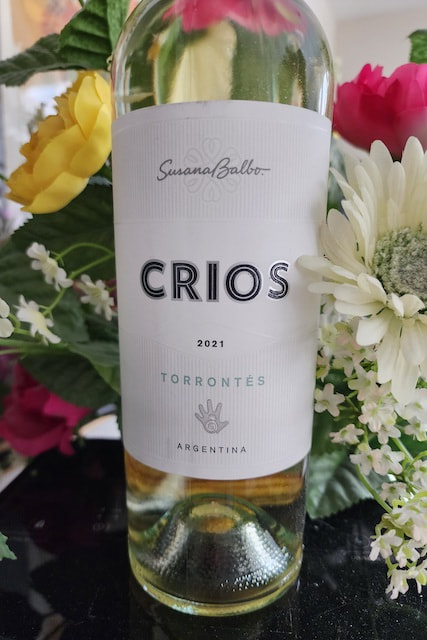
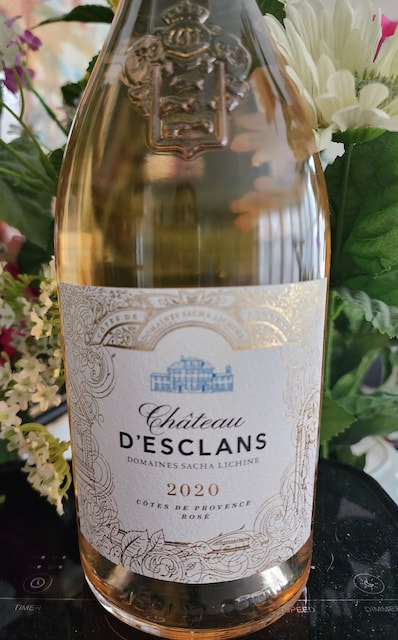
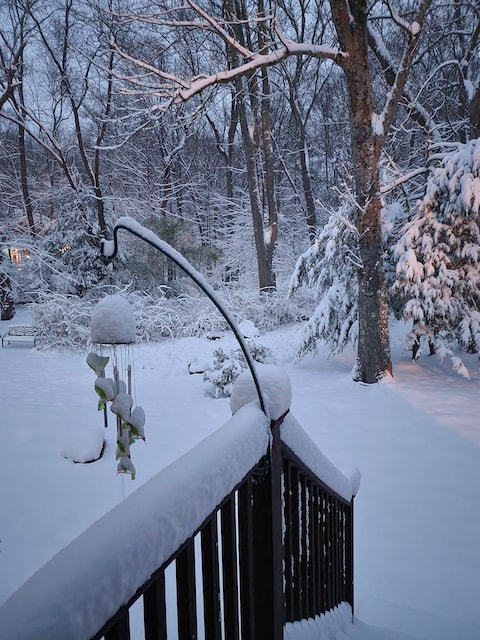
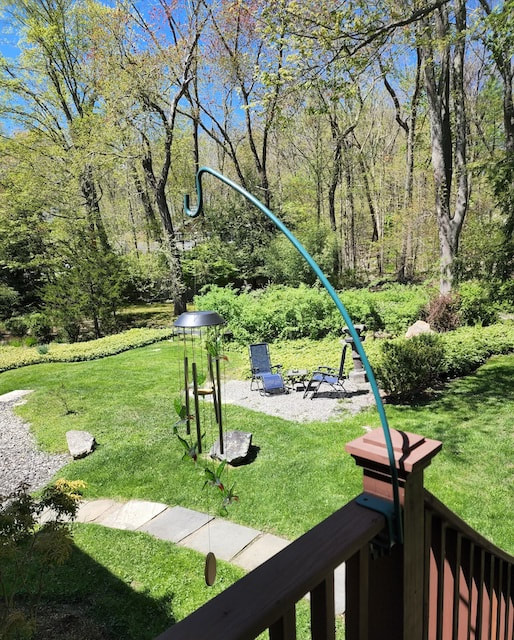
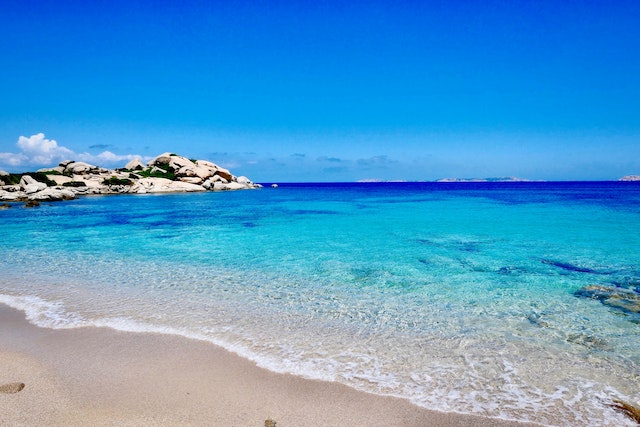
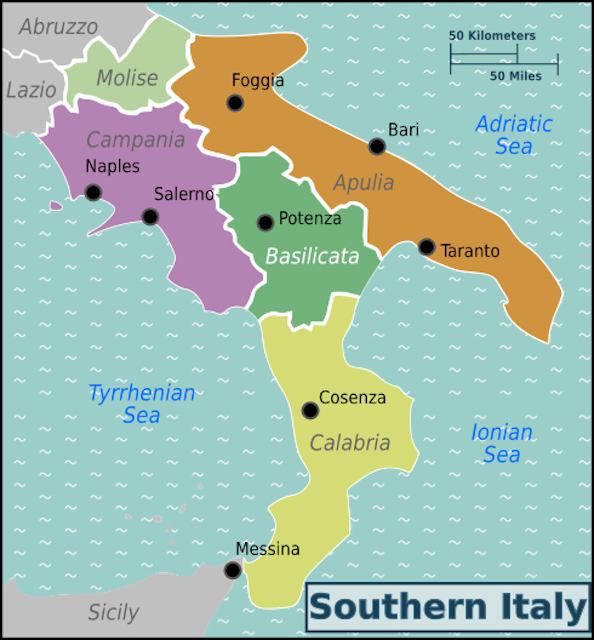
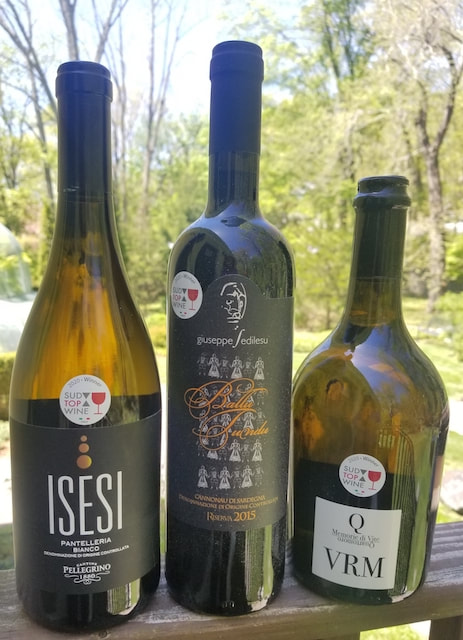
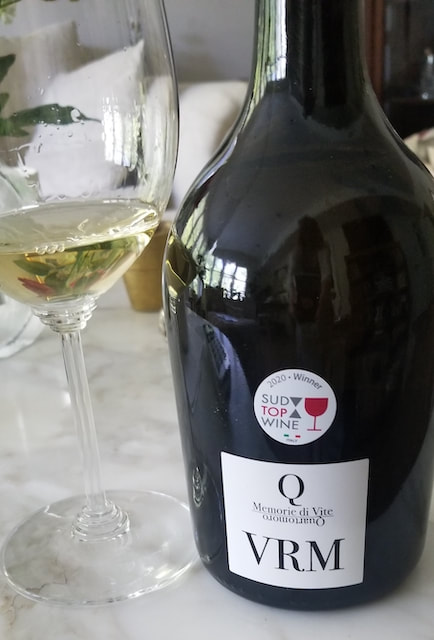
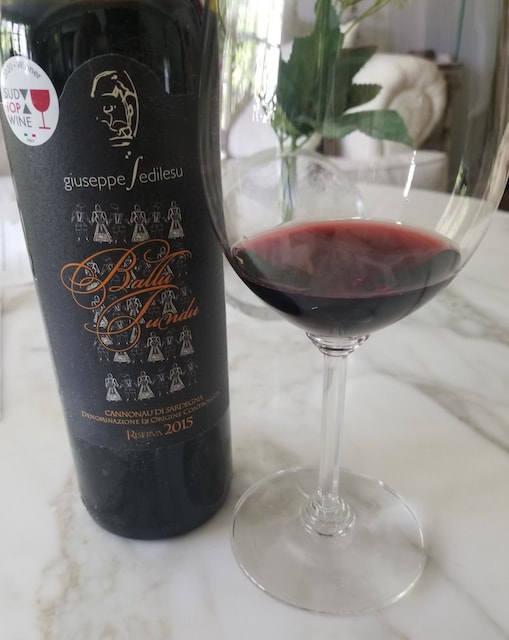
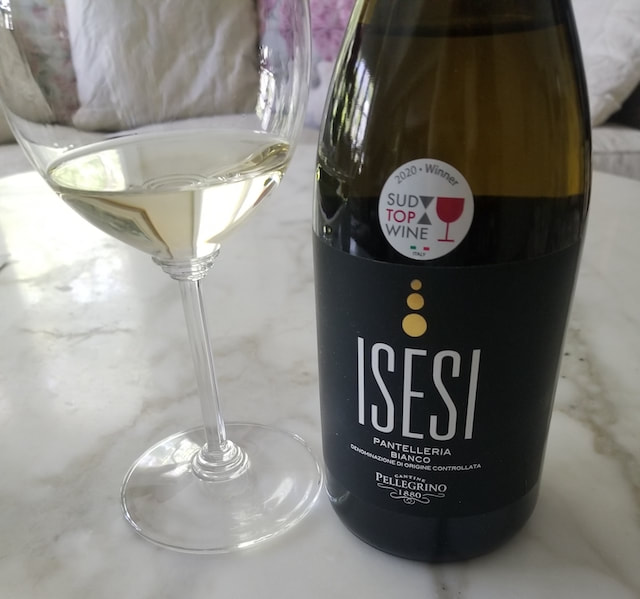
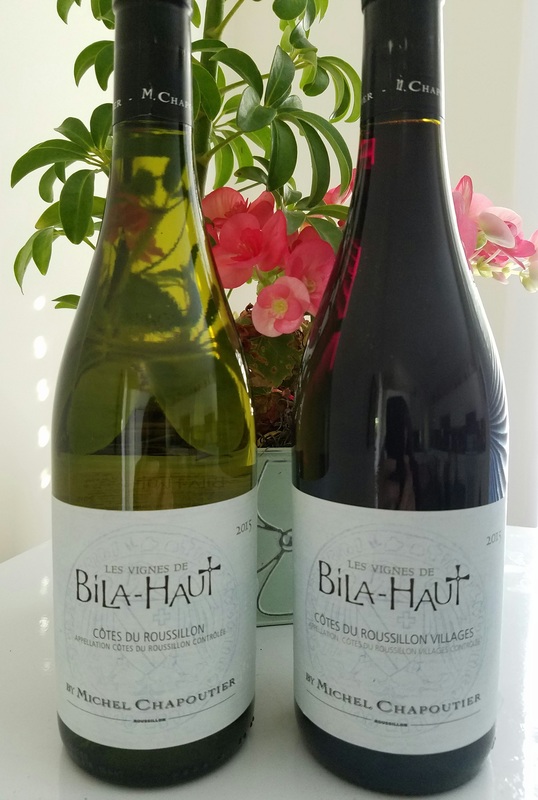
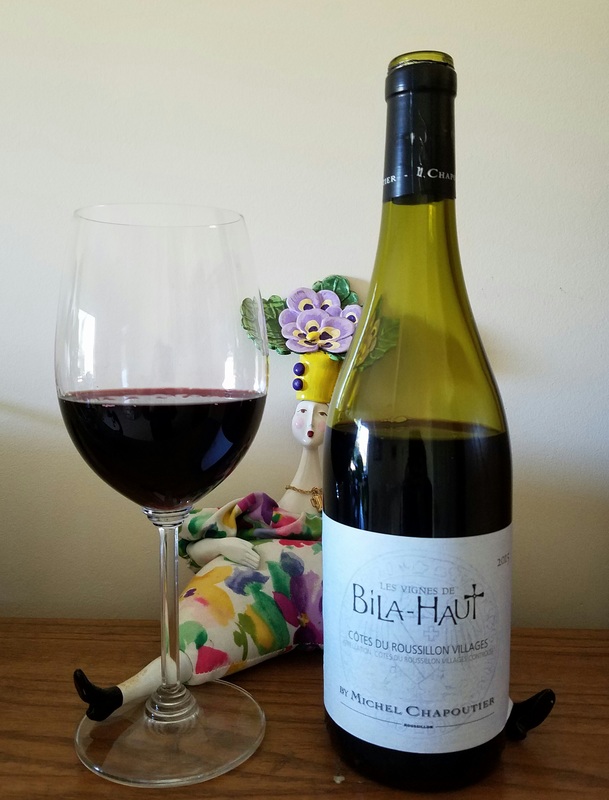
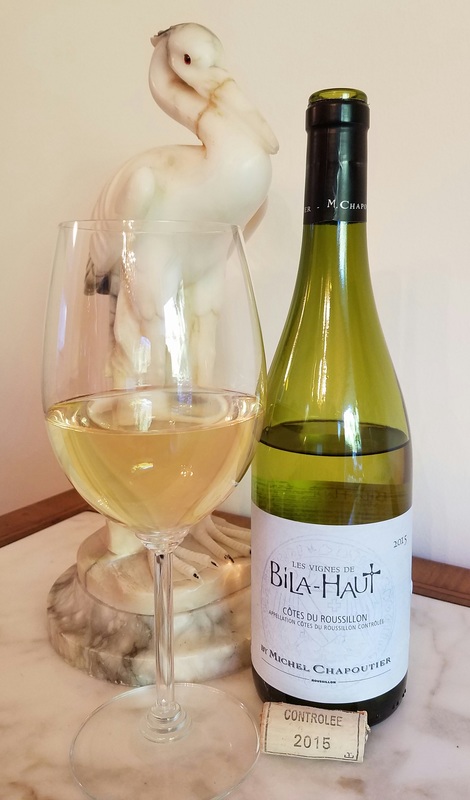
 RSS Feed
RSS Feed